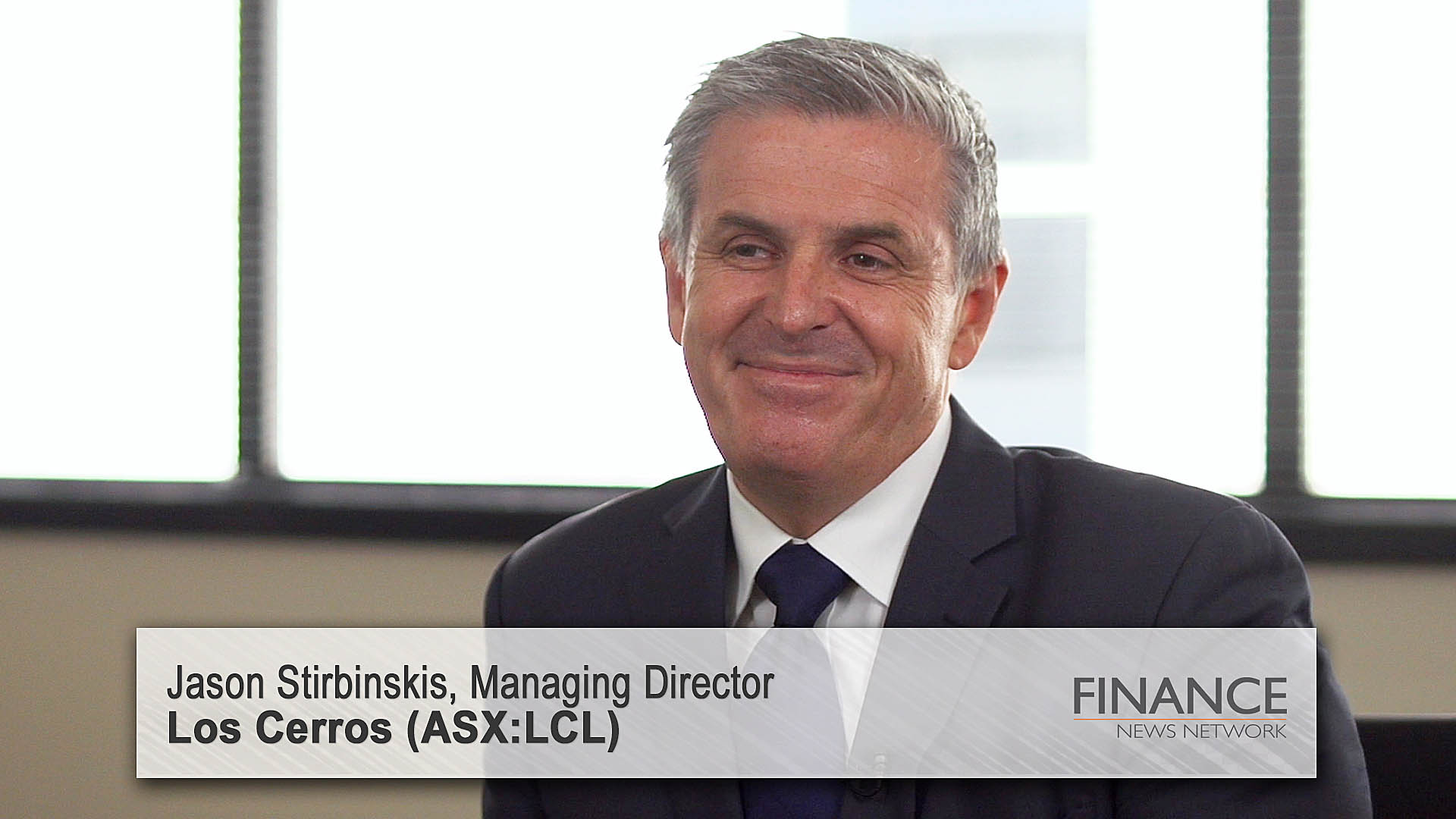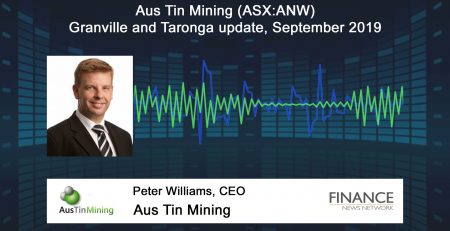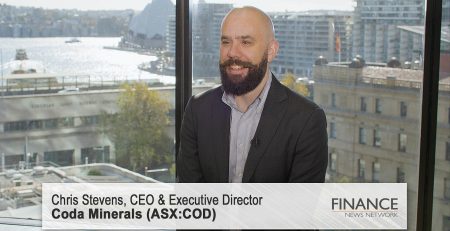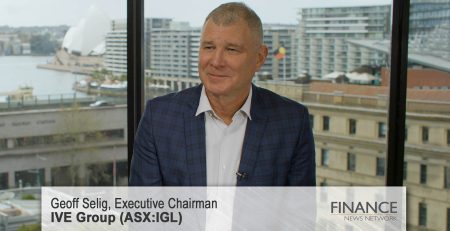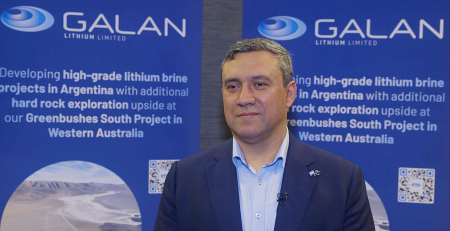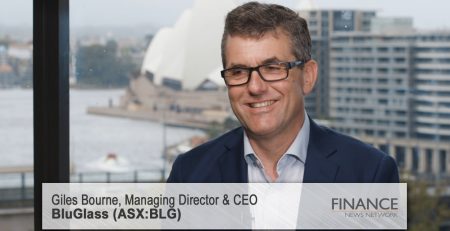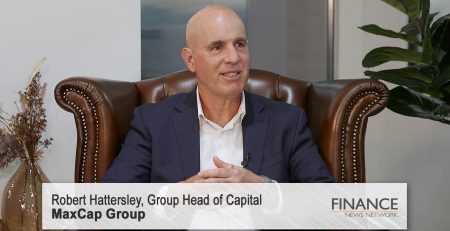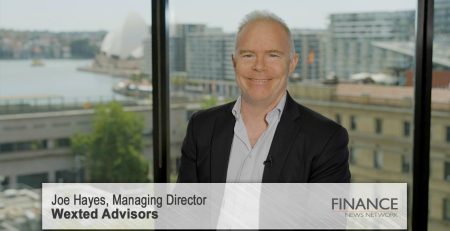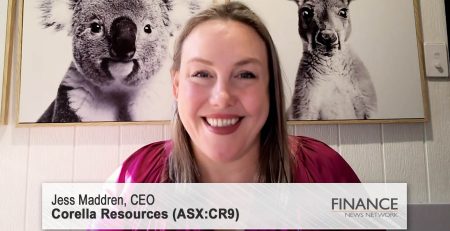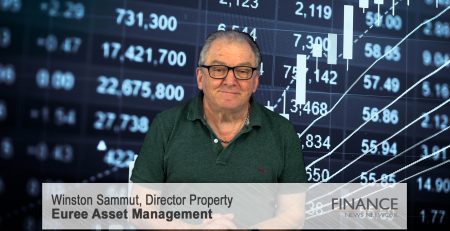Los Cerros (ASX:LCL) – Colombian copper gold explorer
Los Cerros Limited (ASX:LCL) Managing Director, Jason Stirbinskis, talks about the company's gold projects in Colombia, the potential for high grade porphyry despots and plans to advance drilling at its Chuscal target.
James Lush: For the Finance News Network, I'm James Lush. Joining me today from Los Cerros (ASX:LCL) is Managing Director Jason Stirbinskis.
Jason, first of all, can you start with a little bit of background about the company?
Jason Stirbinskis: Sure. Los Cerros Limited has about 100,000 hectares in the gold-rich Mid Cauca Porphyry Belt of Colombia. It formed through the merger of Andes Resources Limited, which is an unlisted company that I was the Managing Director of, only 80 shareholders, the major shareholder being Sandfire Resources (ASX:SFR), and we merged with Metminco (ASX:MNC), which is a listed company on the ASX and holds a portfolio of assets below us in Colombia.
So, that 100,000 hectares is divided into two parcels. We have the Andes parcel. As the name would suggest, it's in the Andes region. And mainly undeveloped projects, early-stage projects. And we have the Metminco portfolio, which is called the Quinchia Project, and as the name suggests, it's in Quinchia, and that's a smaller parcel of projects, but far more advanced, including a mineral reserve at Miraflores of about a half million ounces.
James Lush: And before we talk about some of those projects, let's talk about why you changed your name.
Jason Stirbinskis: The merger with Metminco and Andes happened last year, and the company now is a completely new company, so rebranding the company to reflect that re-energising, rejuvenation of the company is appropriate.
We chose the name "Los Cerros" because it means "the hills", and both projects are in the Andes mountains, and also the local village, Quinchia, is also known as "the village of the hills" or "the village of Los Cerros". So there was a local relevance as well.
James Lush: What's it like working in Colombia?
Jason Stirbinskis: I get this question a lot. It's a lot of history in Colombia, obviously, and a lot of it not all that great, but that's the history. Colombia at the moment is a very easy place to work. About four years ago, there was a peace agreement signed with the FARC, and ever since then the risk profile of the country has been improving greatly. So, now our colleagues in the area are all blue chips and mid-tiers, so we have Newmont Mining Corporation, Newcrest Mining (ASX:NCM) and AngloGold Ashanti (ASX:AGG) and Agnico Eagle Mines, etc, all there now alongside us.
And just on that, if we were to try and build that portfolio that we have, that 100,000 hectares of prime real estate now, we wouldn't be able to do that, I don't think, because our competitors are companies with far deeper pockets than a little junior explorer.
James Lush: And let's talk about some of the results, in particular with Chuscal. What have you learned from those?
Jason Stirbinskis: So, we just finished four holes. The last hole completed just before Christmas and the last of the results were put out in early January. There were interesting results. The first hole was quite spectacular. The entire hole, all 450m of it, contained gold, which caught us by surprise. We weren't expecting that. In fact, the first 350m of the hole graded 0.57 grams per tonne with five grams per tonne at the surface.
What it told us, and was later consolidated by holes two, three and four, is that the porphyry mineralisation we see at Chuscal is much, much bigger than everyone thought for the previous two decades. It's a much bigger system.
And the second part of the story is the system contains vein gold as well, and that's what makes Chuscal so interesting and why everyone was so excited by it. It's a porphyry story, so low-grade mineralisation, but that's been cut by epithermal higher-grade vein. So it's a vein story inside a porphyry story.
So we drilled through those massive intercepts of porphyry-related gold, but every now and then we hit these high-grade veins, these epithermal veins, and we took a boost in the grade as we went through those veins, and we hit those in every single hole.
James Lush: How does Chuscal fit into the overall strategy?
Jason Stirbinskis: Chuscal is part of the Quinchia project, so Chuscal's to the south, and then Tesorito, which is a near-surface porphyry, it's 2m below the surface. And massive intercepts, 300+ metres that are gram per ton, and things like that, from the surface.
And they're all anchored to a discovery called Miraflores, and that contains a half million ounce reserve with $1400 an ounce. NPV of about $90 million and an internal rate of return of 28%.
So, from a feasibility perspective, it's borderline interesting, but it doesn't need much. Any sort of a boost from Tesorito or from Chuscal instantly realises that half million ounce reserve as well sitting at Miraflores.
So it's an exciting little parcel. All those projects are within 2km of each other.
James Lush: And you also have the Andes Project, which is even larger.
Jason Stirbinskis: That's about 90,000 hectares, but it's all very early stage, and we look forward to getting back to the Andes ground the second half of this year. But at the moment we've taken an extensive number of surface samples there, 14,000 surface samples over the last three or four years, and what's really amazing is 2% of that database is over a gram per ton, so we know there's an enormous amount of gold in that area, and we look forward to exploring that in H2 of 2020.
James Lush: So, exciting times. What do you think is going to happen over the next six months?
Jason Stirbinskis: Well, first of all, we need to understand this recent drilling data and incorporate that into the significant database we have regionally. I suspect that will generate 3D models and those sorts of things over the next 4-6 weeks, and then we'll talk about drilling.
The results from Chuscal have given us a strong signal of where the porphyry source of all this gold might be, so that's obviously a very exciting drilling target, but we also want to return to Tesorito. We believe the geology of Tesorito's not been fully understood yet, and hitting 300+ metres several times of a gram per tonne from surface means there's something really exciting there and we want to return to that program as well. So, in the next six months I would say we'll be drilling, subject to funding, at those two targets.
The other line of work that we want to progress fairly quickly is understanding Miraflores better. Yes, there's an established reserve there, but as we learn more about the structure of Miraflores, we see that there's great opportunities there, not just in the reserve itself and understanding the high-grade distribution within that reserve that remains open at depth, so we don't know what happens after 60m, and there's also some anomalism to the north-east that no one's ever tested, so we want to go there and test that as well.
James Lush: Jason, thank you very much.
Jason Stirbinskis: You're welcome.
Ends
Copyright 2020 – Finance News Network
Source: Finance News Network

